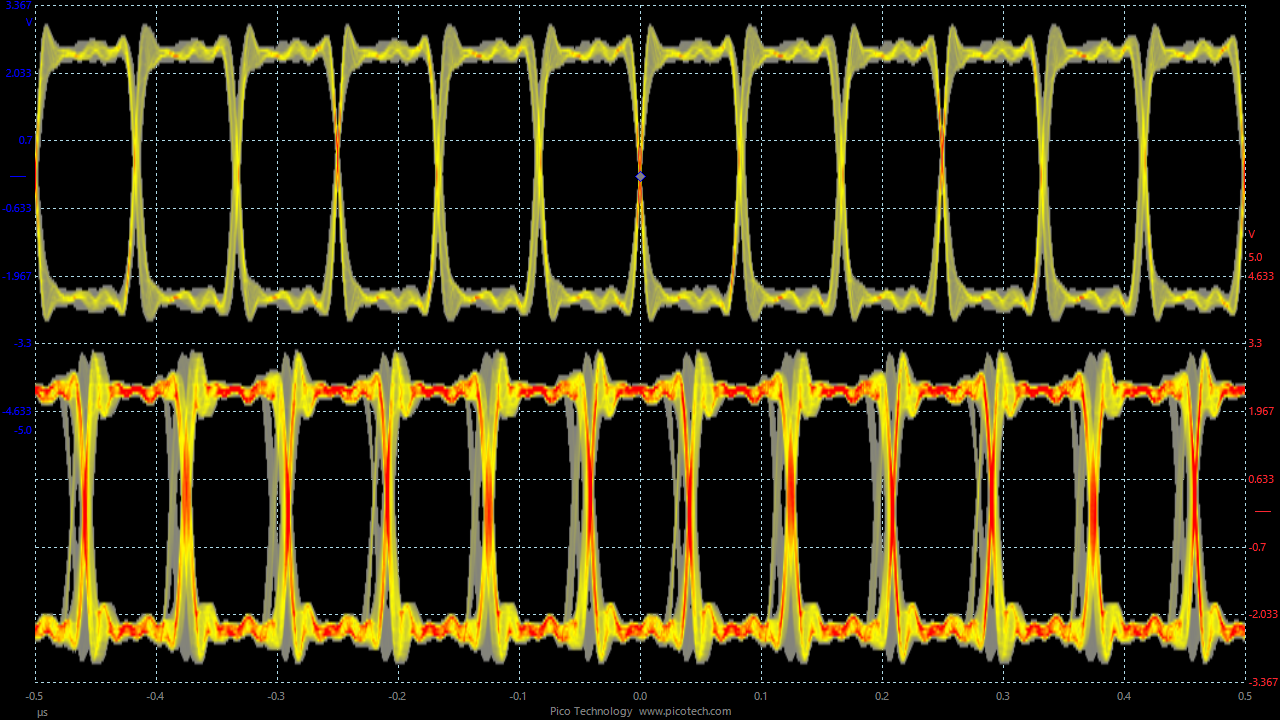
I recently picked up a Cypress CY8CKIT-059 to play with for about $10 from Mouser. The kit contains a CY8C5888LTI-LP097 chip that features an ARM Cortex M3 that can run up to 80 Mhz, pretty run of the mill. However, the chip also features a small amount of CPLD resources and configurable datapaths that can be used to implement any digital logic that you can fit in. Cypress calls these blocks universal digital blocks. You can implement your own logic blocks in Verilog or use Cypress’s IP cores that are included with PSoC Creator. The idea is to avoid predefining how many UART, I2C, SPI or other interfaces to include which gives you more freedom to choose the combinations of peripherals you need rather than using pin muxes like on Microchip PIC’s and Atmel AVR’s for example. With the PSoC 5LP you can have 5 UARTs if you wanted and you can put those UARTs on any GPIO pin you want.
